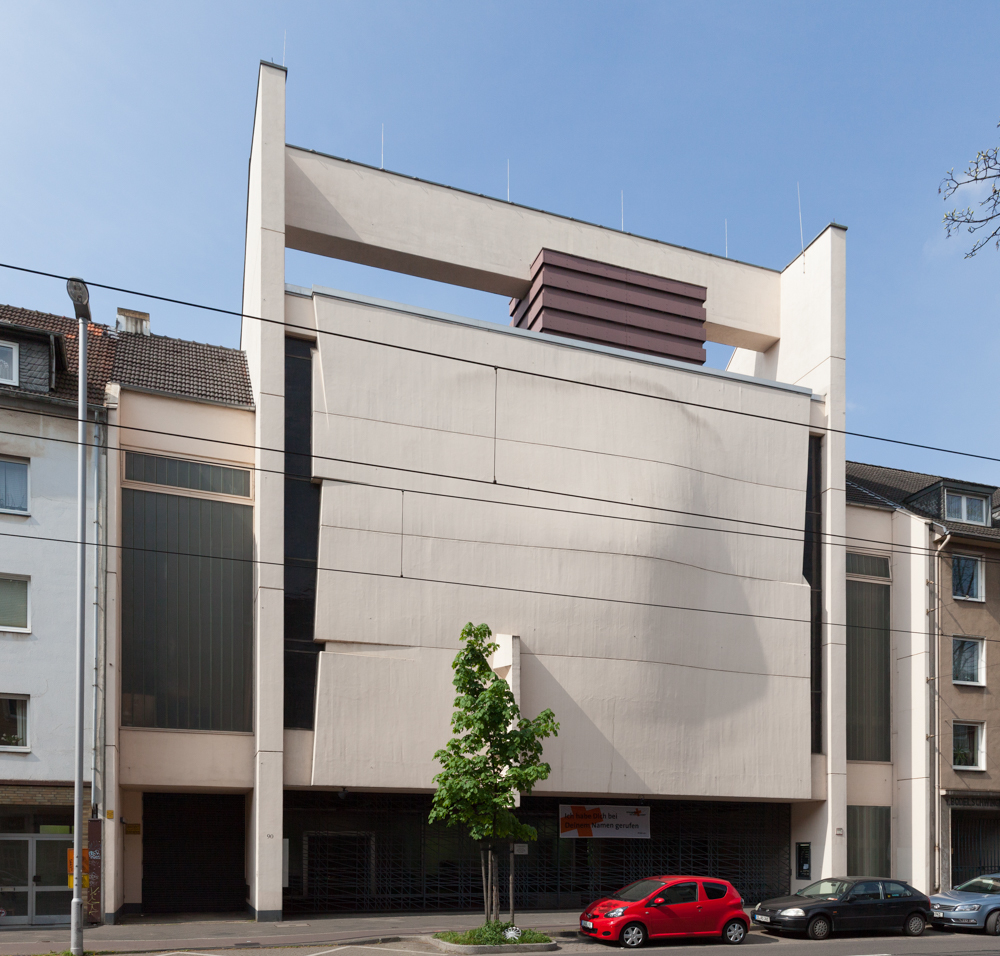
The street-facing façade is actually the back side of the building. The church is oriented towards the inner courtyard and the adjacent civic center. The wavy façade points to the building’s significance while sealing off the interior from the outs…
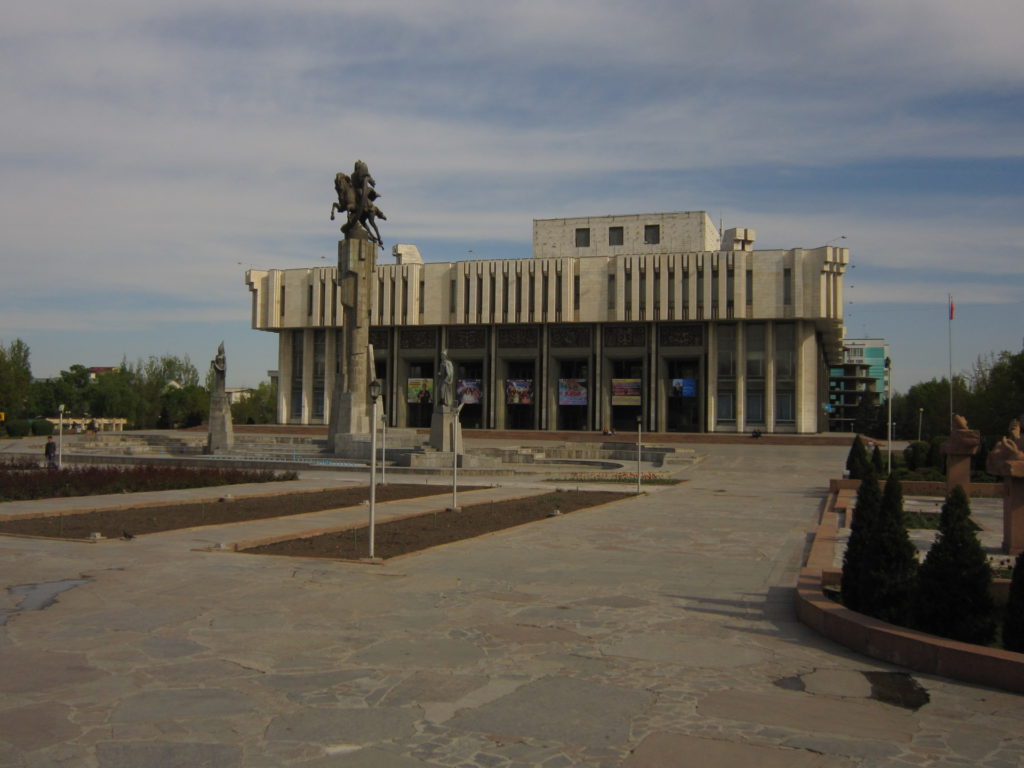
No description yet: Can you help?
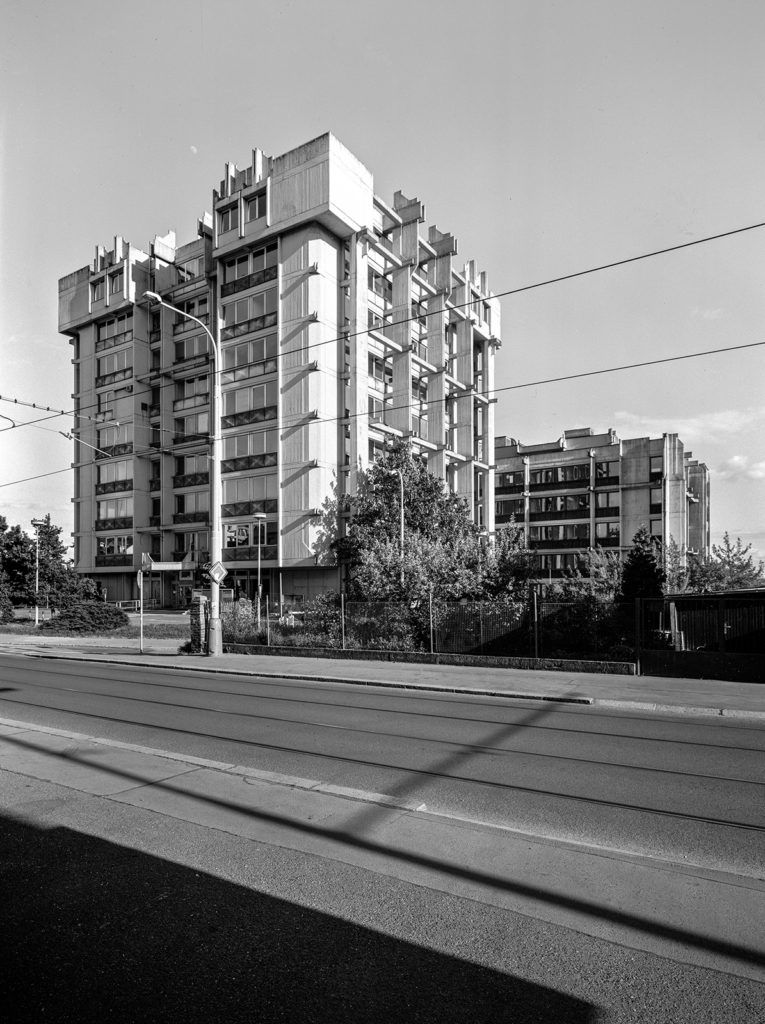
Originally the design had been a Yugoslav project for a compex of hotels in Saudi Arabia which was never realized. After an agreement between the Yugoslav and Czechoslovakian governments parts of the original design were built in Prague as office buildi…

No description yet: Can you help?
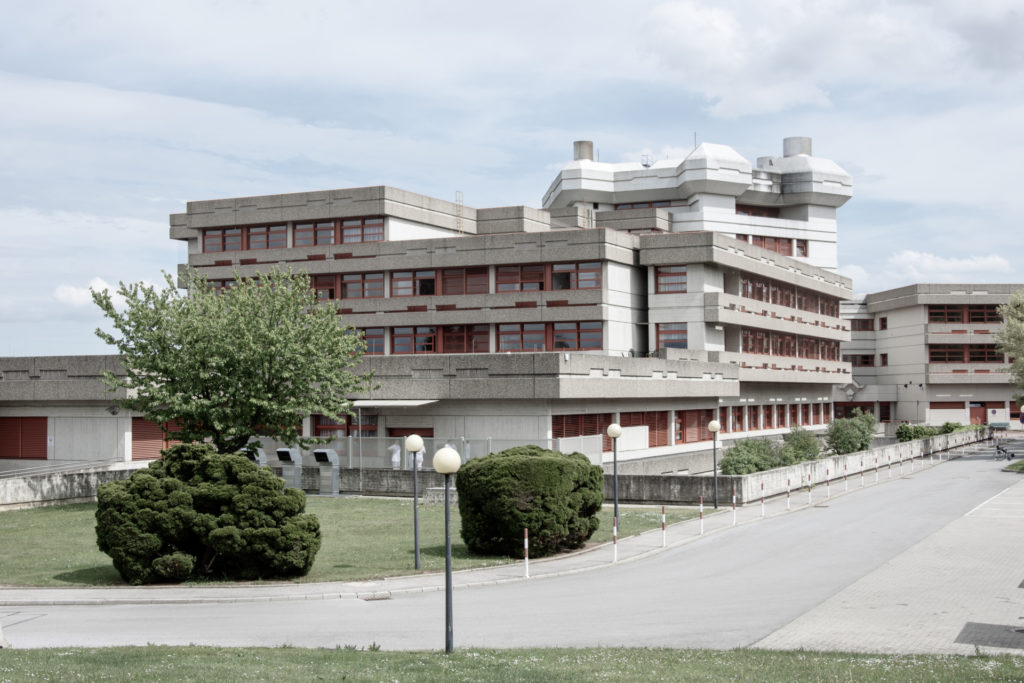
After a competition in 1971/72 the hospital was built in several phases with the nurses flats (images 2–5) completed in 1976, the main structures in 1982 and the final stages in the late 1980s. (Special thanks to Johann Gallis)
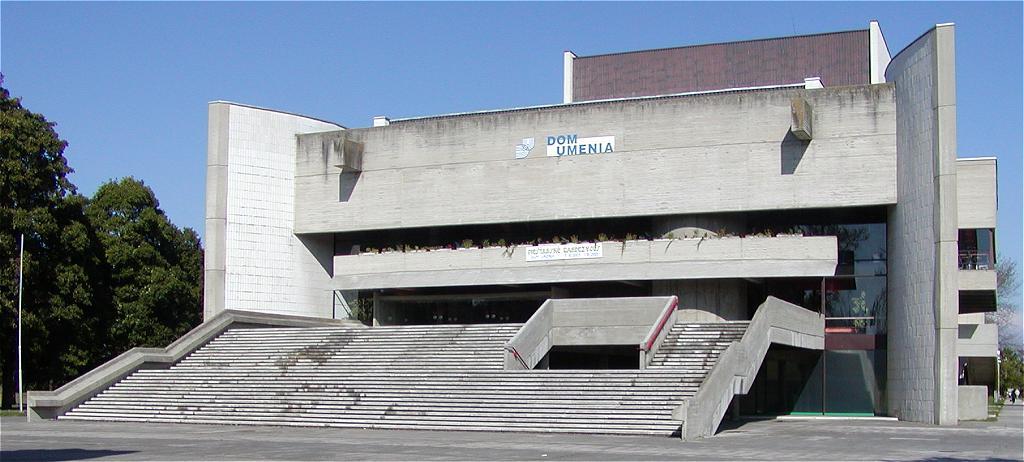
The House of Arts (Slovak: Dom Umenia) is a cultural and social center situated in the city park at the bank of the river Váh in Pieš?any. It was the first Slovak theater building realized after World War II outside of Bratislava. Milu?ký claimed to…
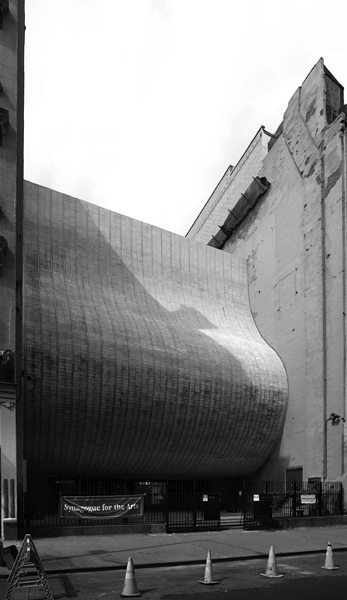
No description yet: Can you help?

No description yet: Can you help?
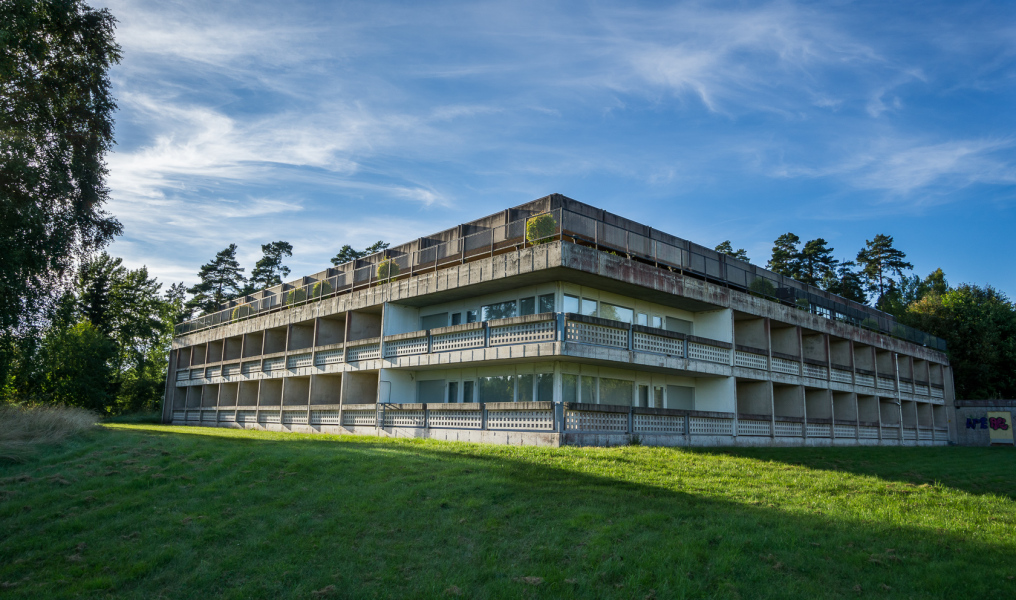
No description yet: Can you help?
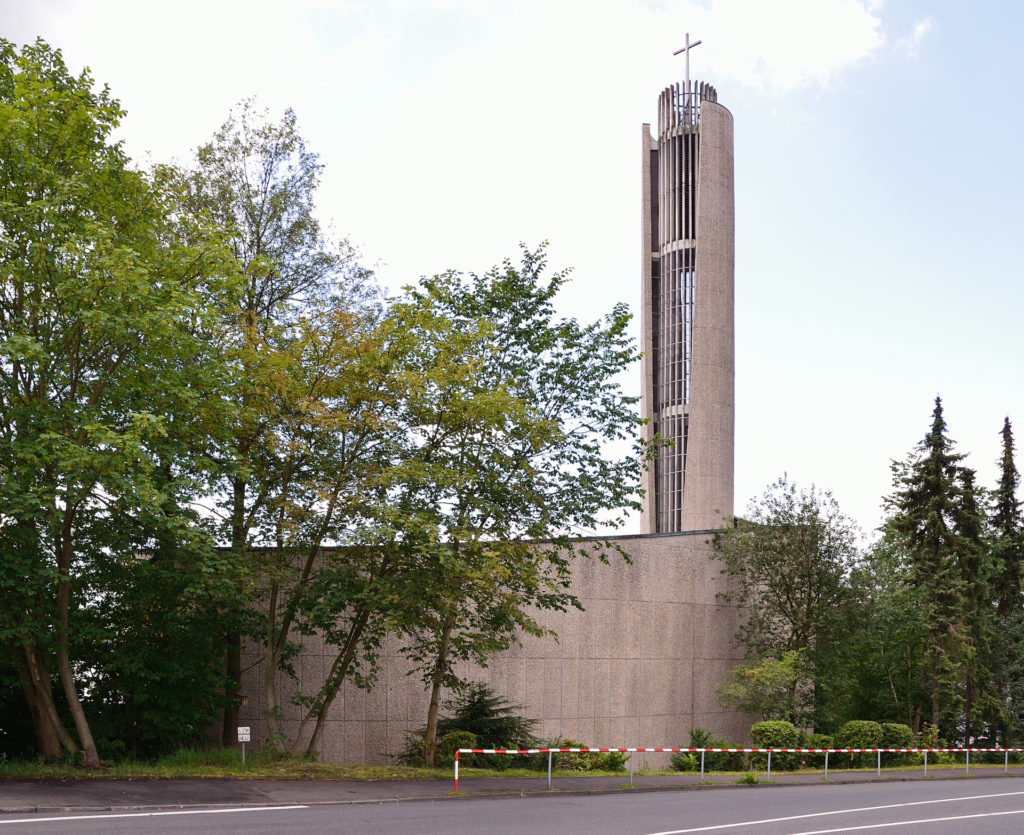
No description yet: Can you help?
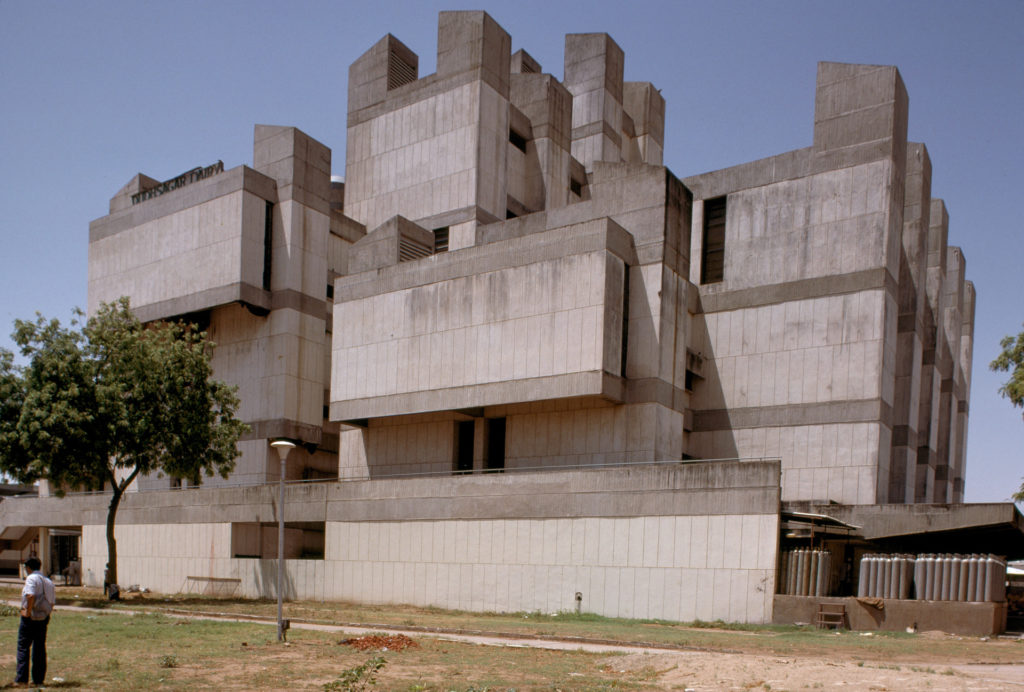
No description yet: Can you help?

No description yet: Can you help?
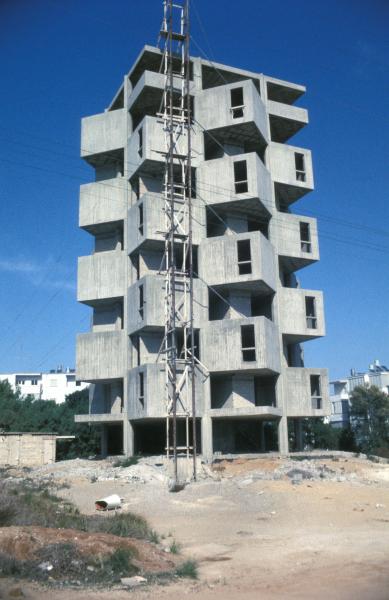
No description yet: Can you help?
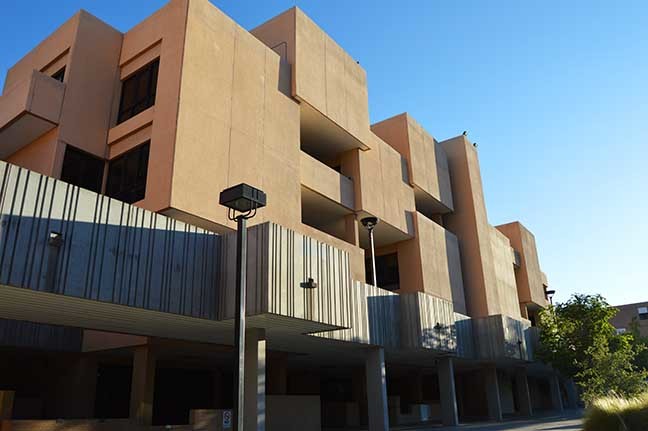
No description yet: Can you help?
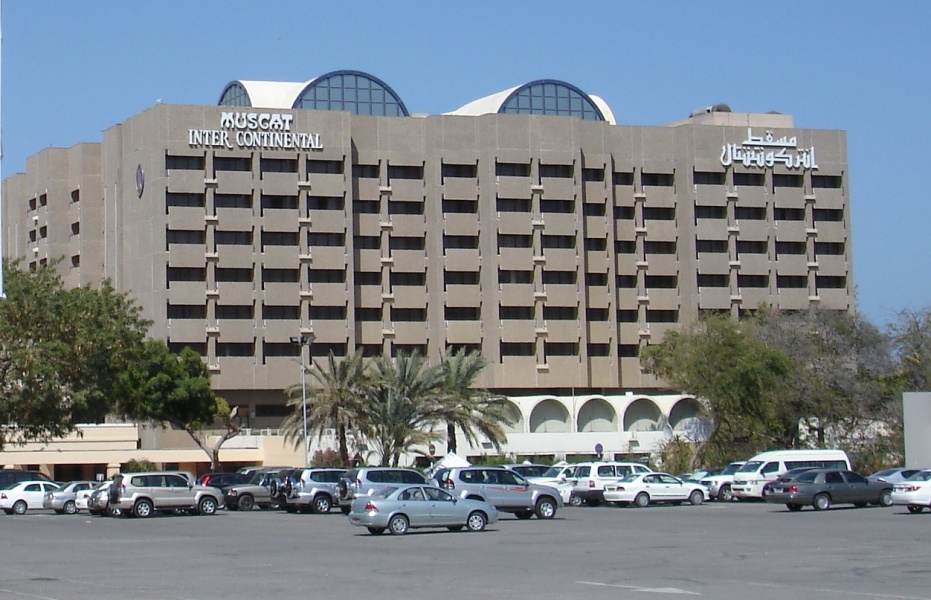
No description yet: Can you help?

No description yet: Can you help?
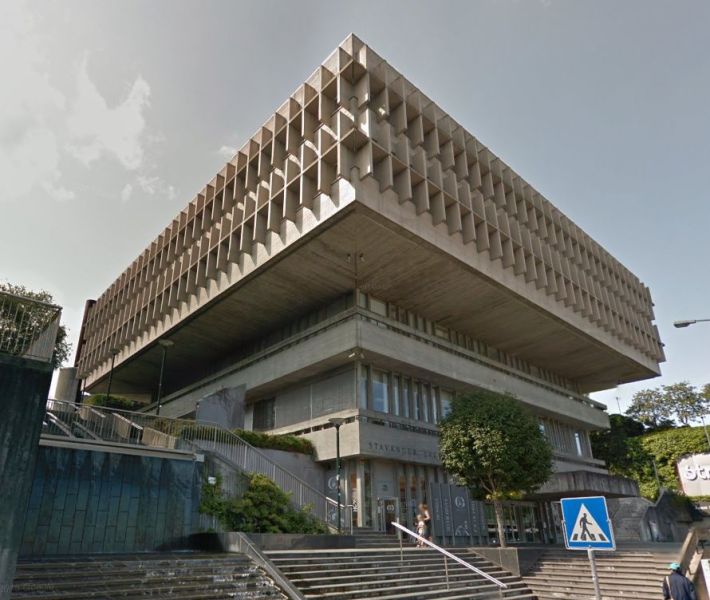
No description yet: Can you help?
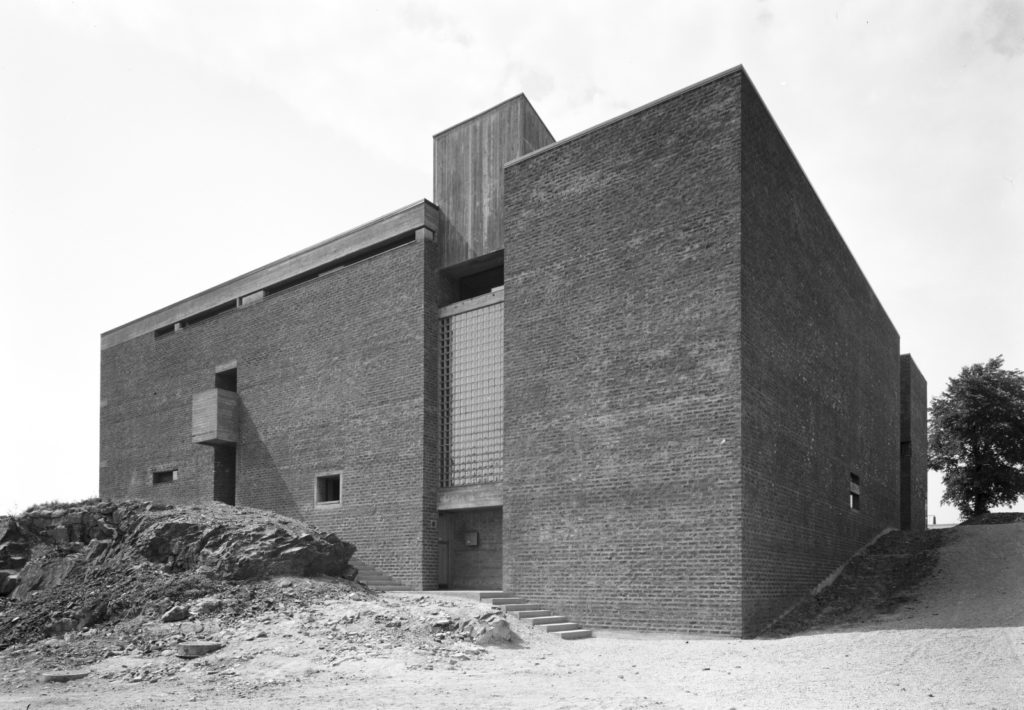
Lund + Slaatto chose the square floor plan and rectangular design language to respond to the surrounding housing blocks. The most unusual feature is the inverted, asymmetrical dome which supposedly arose from a certain kind of space age sensibility the …
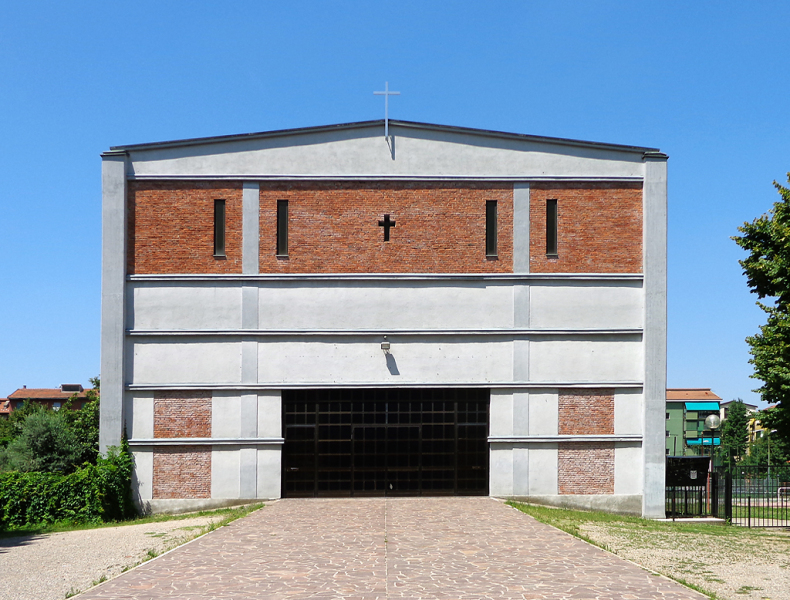
The dark nave contrasts with the brightly lit choir. For this church, the architects prioritized the effect the interior has over that of the exterior. In terms of layout, the church is in the tradition of basilicas. The open concrete frame and the no-f…
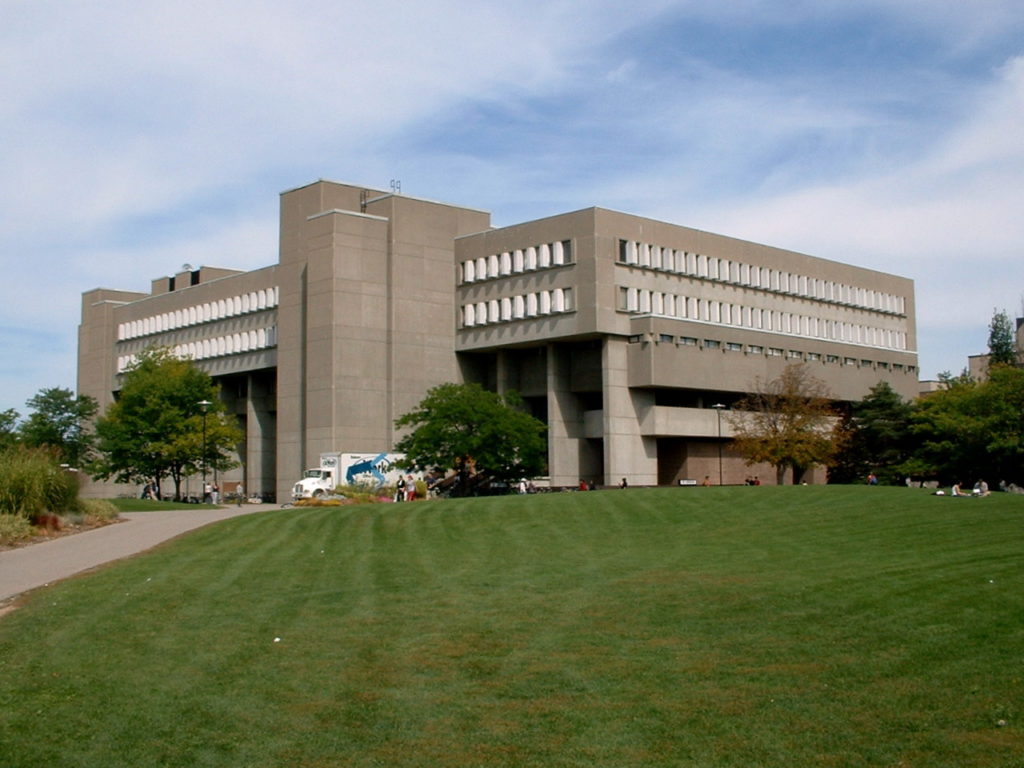
In many ways the building references La Tourette, furthering the design language towards machine aesthetics, which mirror the faculties’ subjects.



















